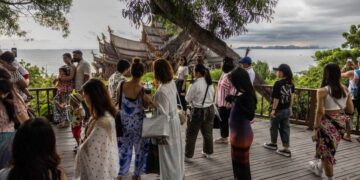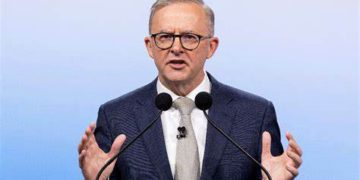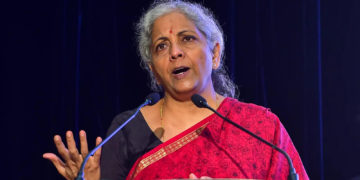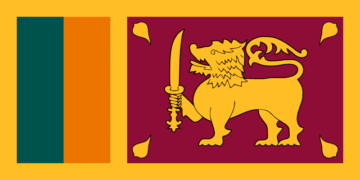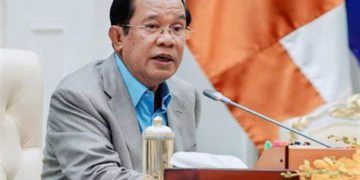South Korea government has launched an investigation into the death of a woman in her 80s following the denial of entry to several hospitals for her ambulance amidst the ongoing doctors strike.
The South Korea patient passed away in the ambulance after experiencing cardiac arrest, Junior doctors, constituting about 70% of those on doctors strike for the past week, are protesting against plans to increase physician training.
This situation has placed significant pressure on emergency rooms, with the government accusing doctors of endangering public health. Paramedics in the city of Daejon tried to reach around seven hospitals on Friday to admit the woman, but encountered refusals due to staffing and bed shortages.
Finally, 67 minutes after she initially called for help, paramedics admitted her to a public university hospital, where doctors pronounced her dead upon arrival.
On Tuesday, government officials announced an investigation into what is believed to be the first death related to the doctor strikes, which has been widely reported. The interns and residents are protesting the government’s plans to add more doctors due to concerns about competition.
Emergency rooms, with their already low staffing, have been significantly affected. Local media reports that hospitals have postponed surgeries and transferred patients to other hospitals.
Over 9,000 doctors have refused to work, while approximately 10,000 have submitted resignations across the country’s hundreds of hospitals. Officials report that the absence of interns and residents, who constitute the bulk of staffing in emergency wards, has deeply affected hospitals, necessitating them to operate on contingency plans.Last week, the country elevated its healthcare system to the highest crisis level.
Tense political confrontation
The protests have escalated into a tense political confrontation, with officials threatening legal action. On Tuesday, the government warned that it would use statutory powers to revoke doctors’ practicing licenses if they did not return by month’s end.
President Yoon Suk-yeol has rejected doctors’ demands to scrap his policy of increasing the number of graduates by 60%, citing the urgent need to address the shortage of physicians as the nation confronts the challenges of an aging population.
South Korea currently has one of the lowest doctor-to-patient ratios among OECD countries, standing at only 2.5 per 1,000 people. There are notable shortages in crucial areas like obstetrics and pediatrics.
Despite successive governments’ attempts to expand medical school placements, they have consistently faced strong opposition from doctor groups.
Public health experts argue that doctors are acting in their own financial interests. South Korea’s highly privatized healthcare system, with over 90% of hospitals operating on a fee-for-service basis, makes the medical profession wary of increased competition and potential income losses.
However, as Prof. Jeong Hyoung-sun, a health administration professor at Yonsei University, emphasizes, “South Korean people should not have to endure inconveniences just to serve the doctors’ interests.”


